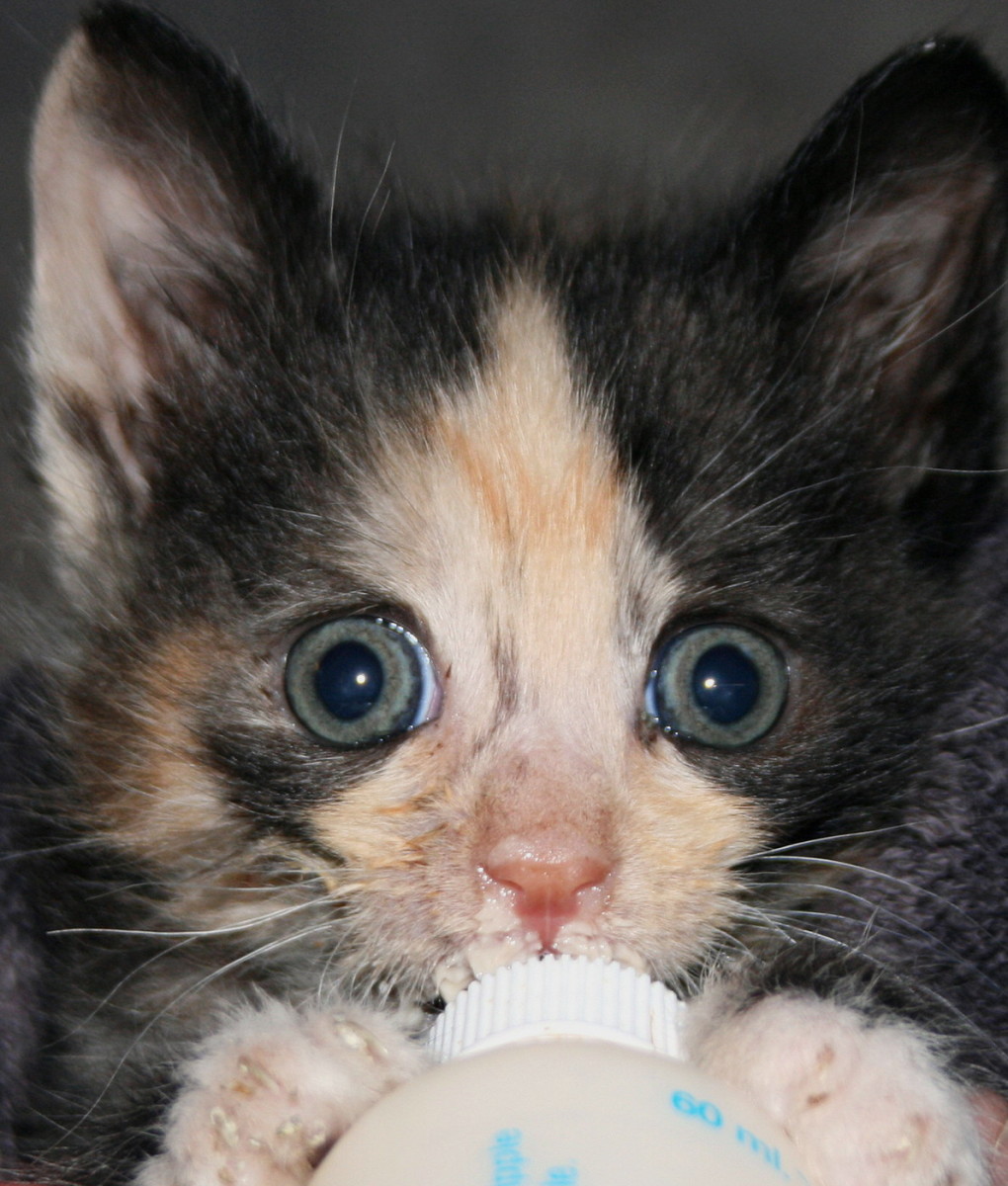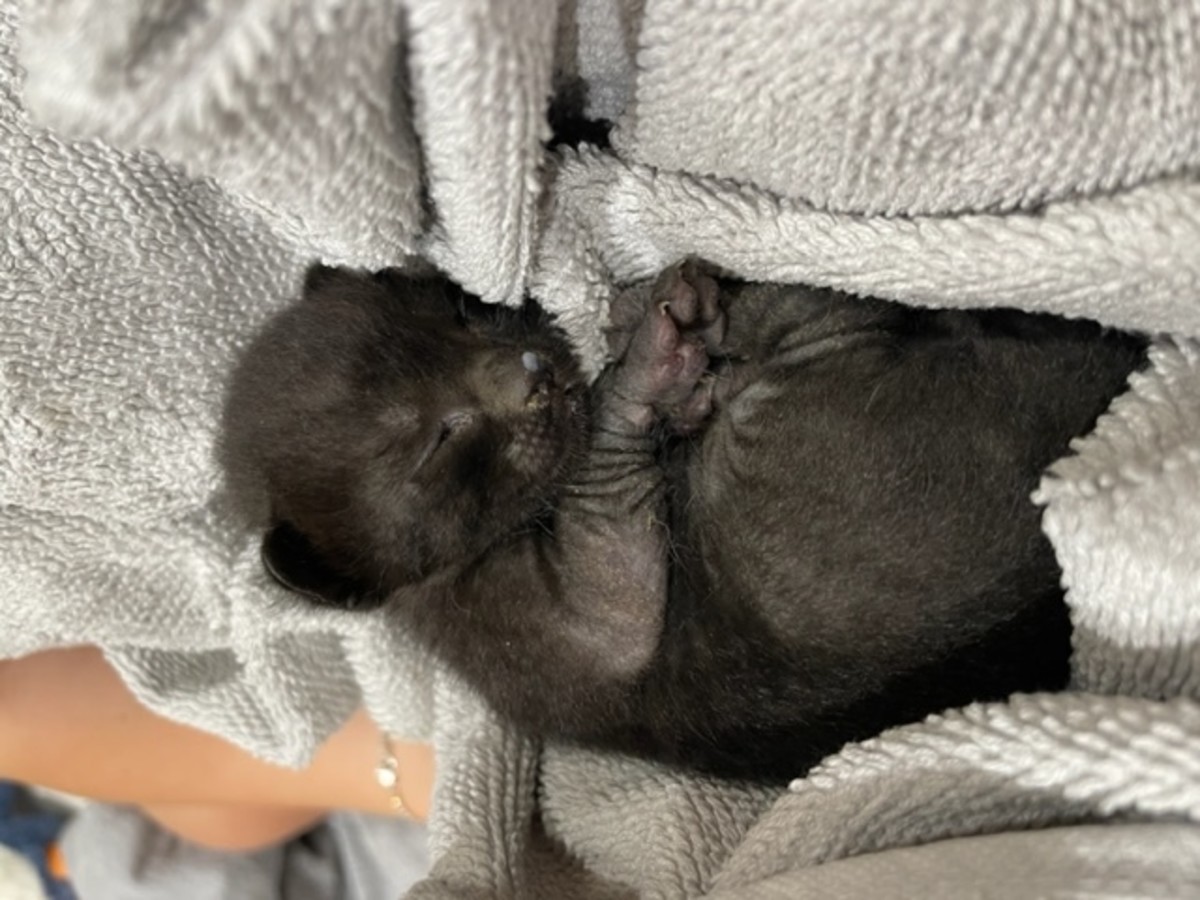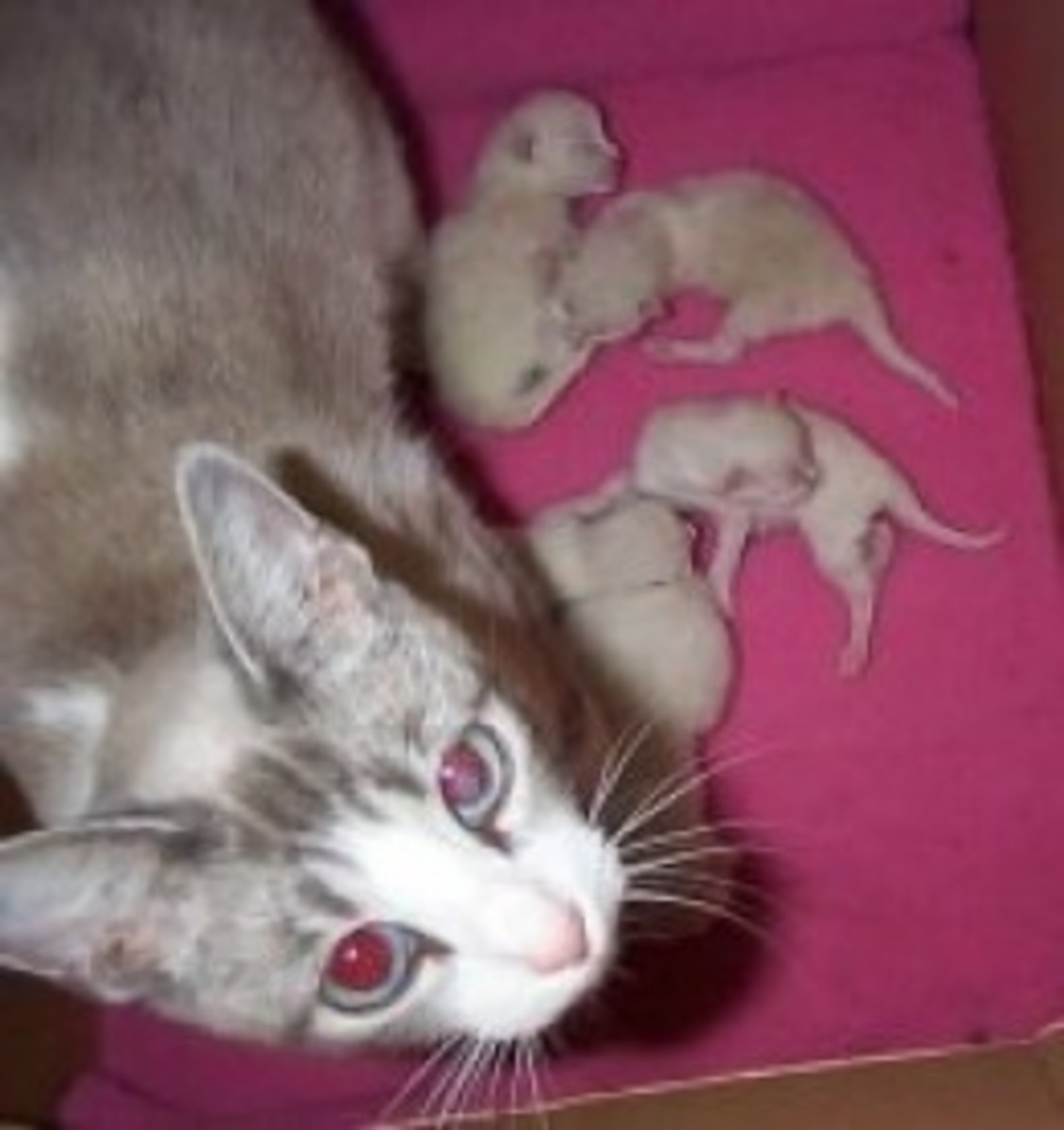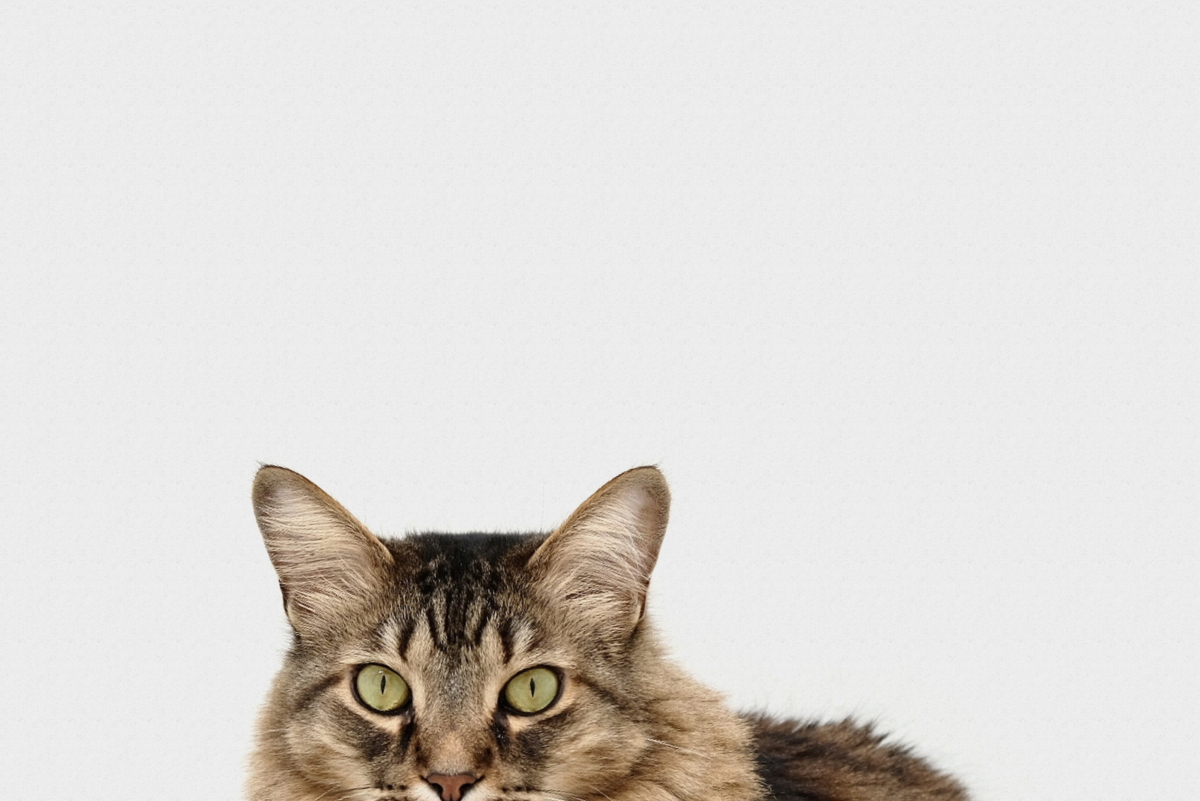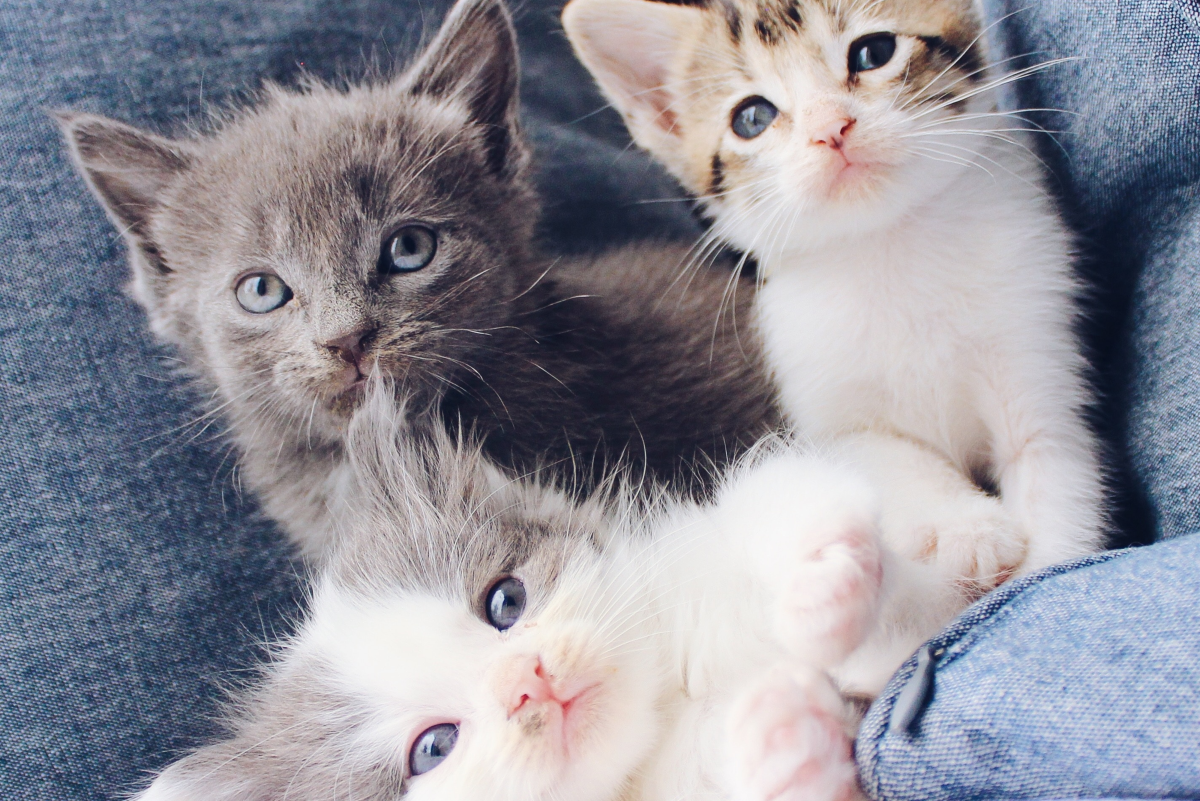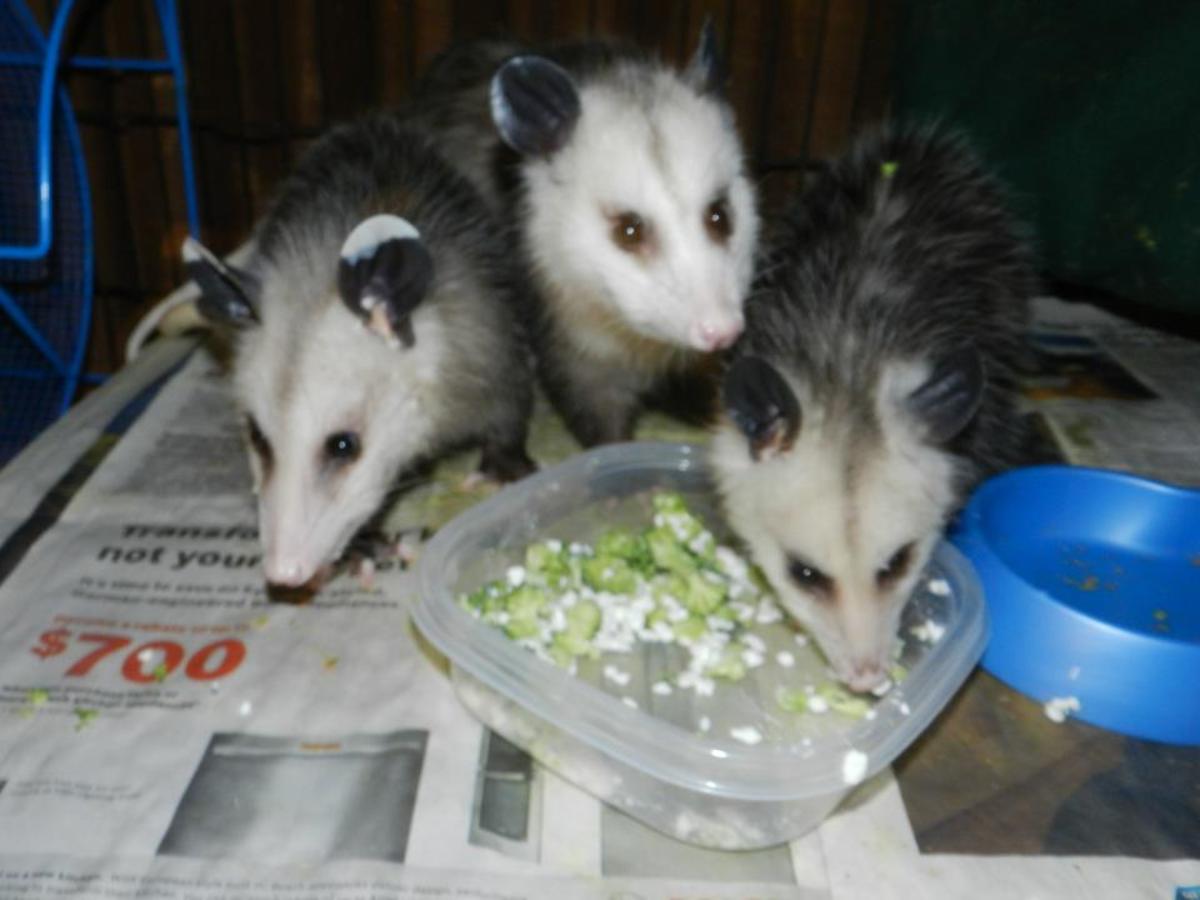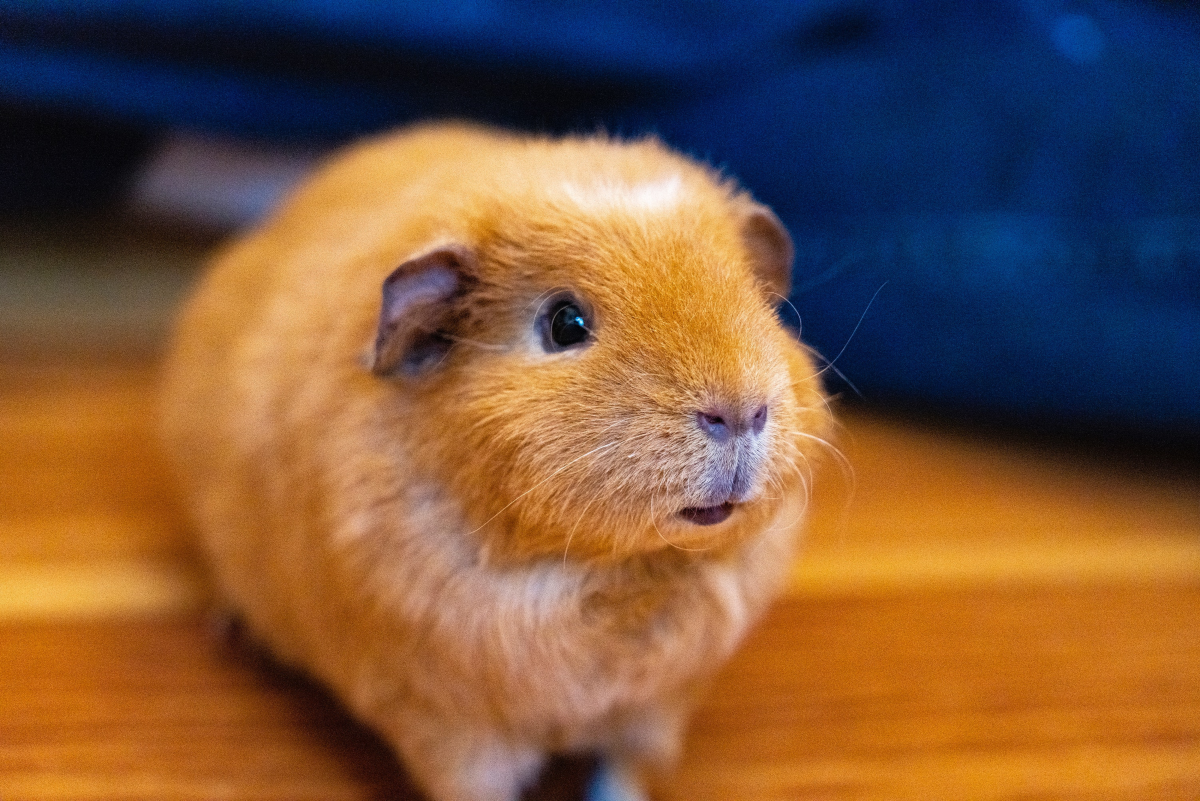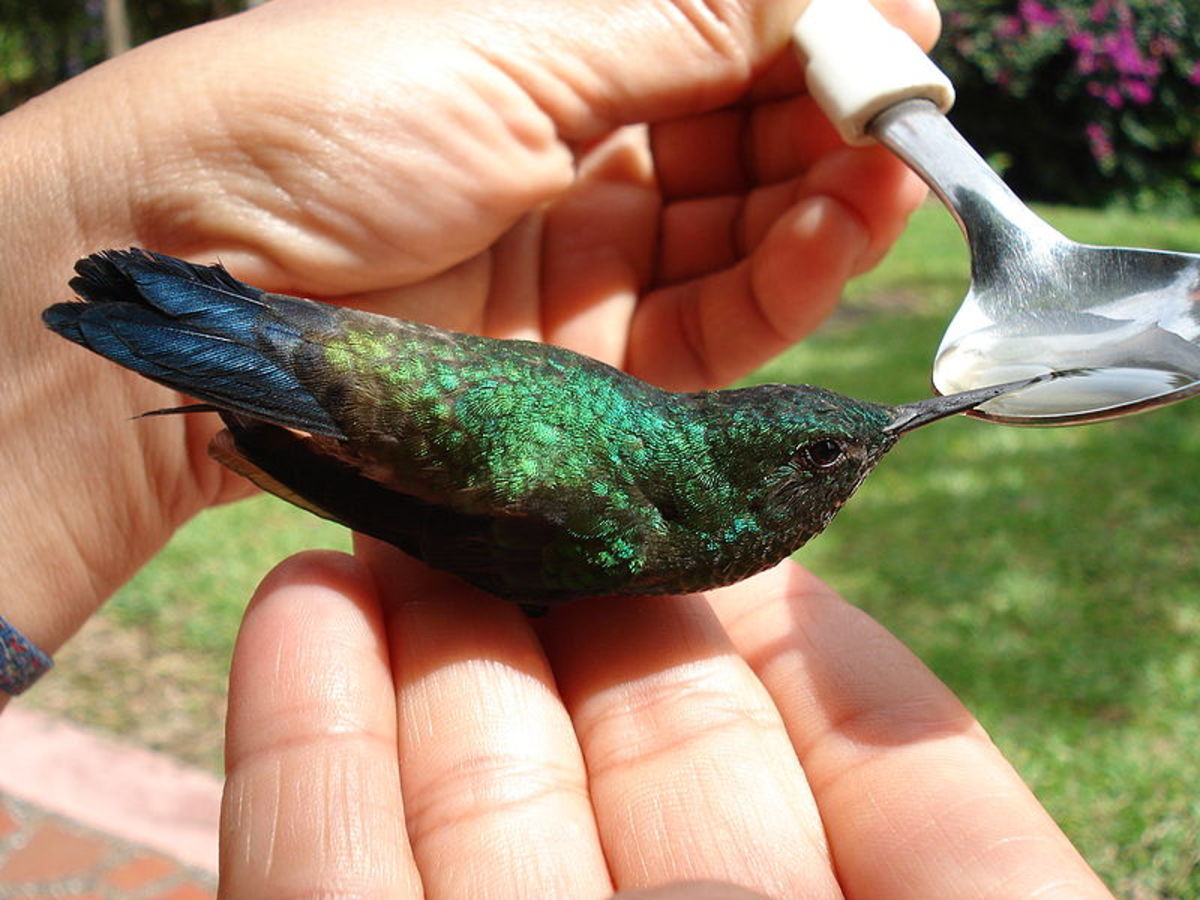Caring for a New Kitten: Nutrition
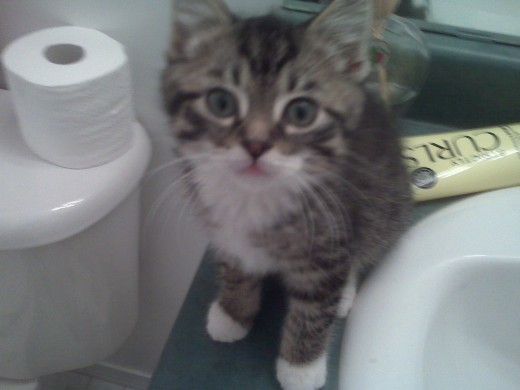
A new kitten is cute and adorable, but do not let that sweet little face fool you. Caring for a new kitten can be challenge and they require special care to help them grow up to be a well behaved cat. If you are not sure where to start, keep on reading and you’ll be ready for your new furry friend in no time.
Kitten Food
A new kitten starts life by nursing but by about four weeks they are able to start eating some solid foods. If you have a cat that had kittens, you will want to start introducing solids about this time. If you are adopting a kitten from somewhere, they likely will not be adopting kitty out until 8 or 10 weeks, at which time she will be fully weaned and you do not have to train them to eat solids. It is best to feed a food designed for kittens, as it has more calories and is better for their growing needs. You can choose between wet or solid food to feed your new kitten, but if he is very young, you may want to add a bit of water to the solid to make it easier for kitty to eat.
If you prefer to feed your kitten food which has to be stored in the fridge, make sure to toss any leftovers that are not eaten within a couple hours. Wet foods can develop bacteria and you do not want your new pet eating bacteria ridden food and getting sick. If you are unsure if it is still safe, toss it and give fresh food.
If you are unsure what you should feed your new family member, it is best to ask your vet what they recommend as they can potentially give you an unbiased opinion. If they sell food at their clinic, chances are they will recommend that.

Water
It is best that kitty have access to water at all times, as they need to stay hydrated as much as we humans do. Some cats do not drink as much water as they should, so making sure they always have some will help with this need. Use a heavier bowl for their water so that they are not able to tip it as easily, and this should also prevent you from knocking it over. Depending on the size of your home, you may prefer to put out more than one water dish.
Milk
Many people feel that they should be giving their new kitten milk, as that is what it was nursed on. The problem is that cow’s milk has different components to it, and most kittens’ are lactose intolerant which can give your new pet an upset stomach or even diarrhea. If you want to feed your kitten milk, purchase the special milk which is designed for cats, as they will not get sick on this.
- Caring for a New Kitten: Playtime
Cats create thier own lifestyle which involves playtime. If you are not sure what you may need to have a good, healthy cat at play, this article will help you out. - Caring for a New Kitten: Lifestyle
A cat will cause you to adjust your life as they require the same things, such as a safe place to sleep and a litterbox. - Tips for buying a Cat Water Fountain
The components you need to be aware of when it comes to cat water fountains. - How to Prepare Your Cat for a New Baby | Suite101.com
If you have a new baby on the way, it is important that the cat of the house learn to tolerate this intrusion in its world. - Pets are Important - My Story
My personal story about adopting my two cats.
How often do I Feed my Kitten?
Just like babies, kittens need to be fed often. When they are under 6 weeks, their mom is taking care of their needs but over 6 weeks, they may start to be introduced to other food. When they are between six and twelve weeks, they require four or more meals per day, as their stomachs are still small. By twelve weeks, they can go down to three feeds and after six months, they can be cut back to two daily feedings.
Depending on your lifestyle, caring for a new kitten may be a bit of a challenge. It may not be possible to feed your kitty on this type of schedule. But there are ways around this. If you are someone who is not around during the day due to work or school, it is best to feed your cat dry food so that they can eat throughout the day as they get hungry. You could also feed them frozen food, as the food will thaw throughout the day and kitty can nibble on the thawed parts when hungry. Another consideration is if you have other pets that may eat the cats food, as then you may not want to leave food out.

